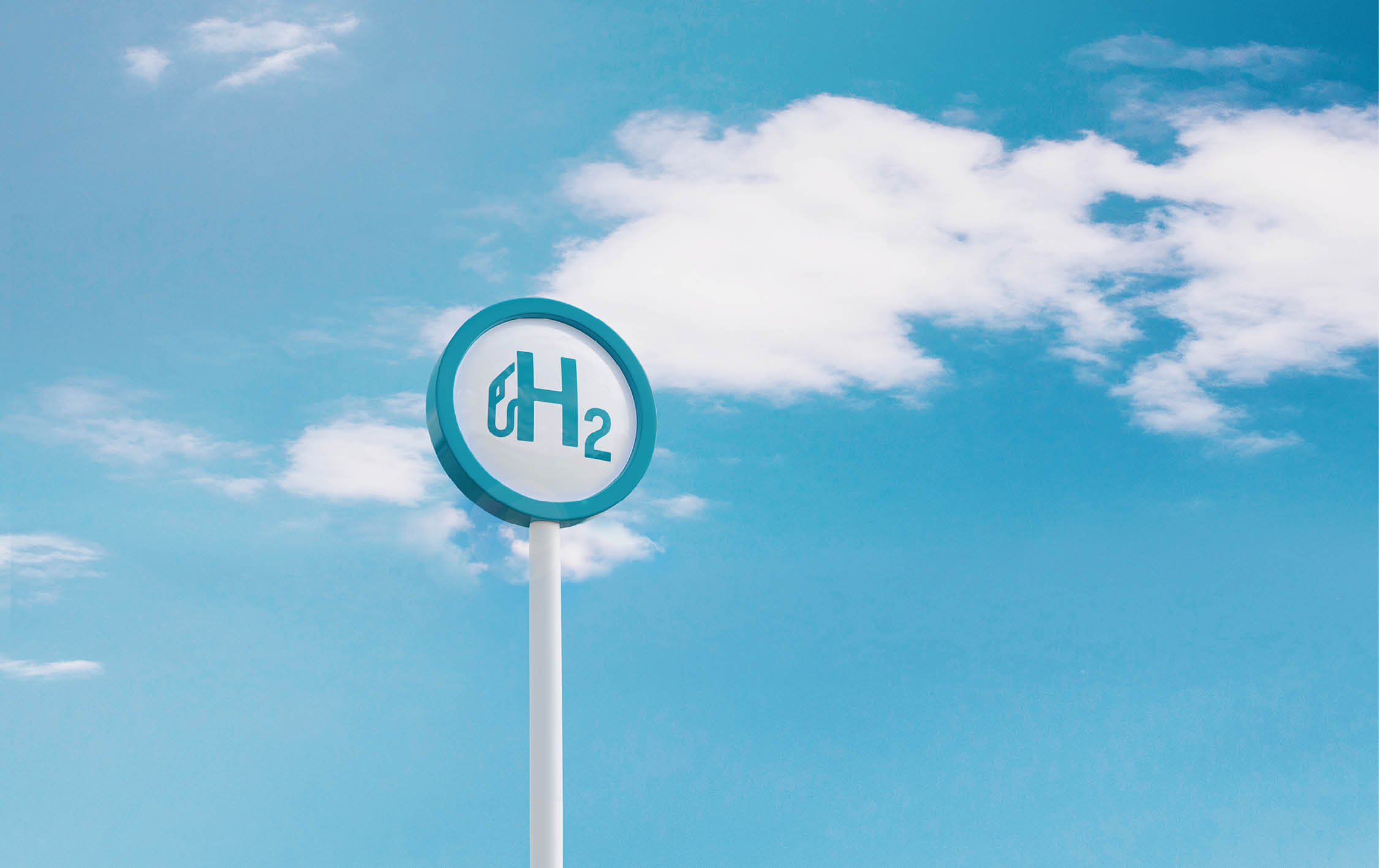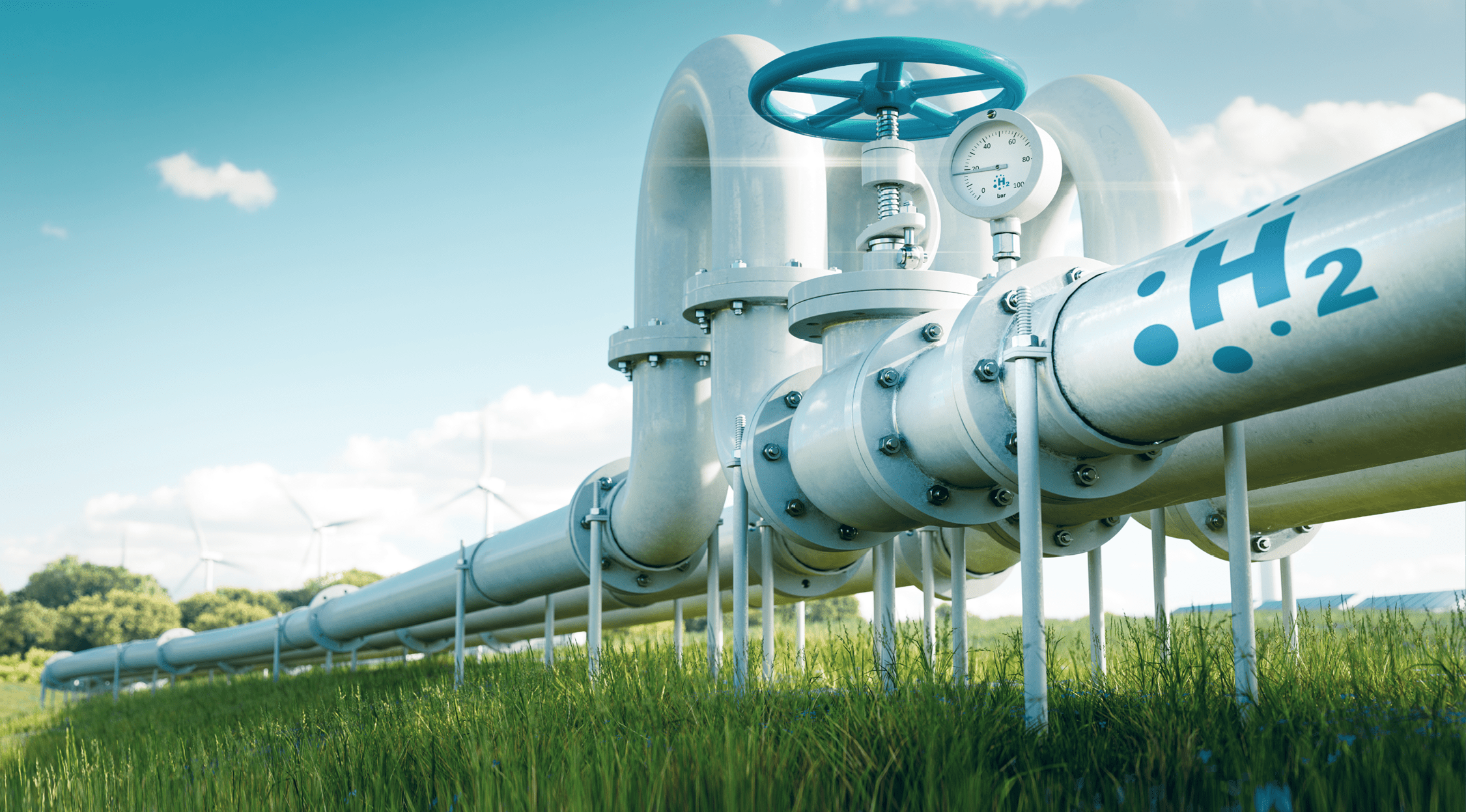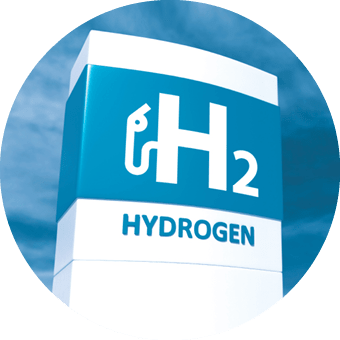




Transportation of hydrogen
Green hydrogen is a fuel whose generally accepted definition is that it is produced using 100% renewable energy. As a gas, it can be moved around the world in ways that are not possible for other kinds of renewable power.
While Europe's nascent hydrogen industry is complex and varied in nature, in general two types of hydrogen project are emerging.
The first type are domestic projects co-located with hydrogen end users (usually industrial consumers), powered either by natural gas (i.e. 'blue' hydrogen) supplied under long-term gas agreements or renewable energy supplied under power purchase agreements (PPAs).
The second type are 'gigascale' projects – huge facilities constructed in areas with large amounts of available land for constructing the supporting renewable power generation projects and infrastructure to export the hydrogen. These tend to be located in areas where renewable energy is abundant and highly cost-effective, and aim to supply hydrogen to a wider market beyond nearby offtakers.
Having previously been largely covered by gas regulation, as of 2023 the production, storage and transportation of hydrogen in the EU has its own set of rules, with Member States and the UK working to bring their regulatory frameworks up to speed.
The EU rules defining green hydrogen and derivative fuels (such as ammonia, e-methanol and 'e-NG' – electric natural gas, a sustainable synthetic methane) became binding law in June 2023.
These were followed in July 2023 by guidance from the European Commission on the application of these rules.
Developers seeking to export green hydrogen, which falls within the category of 'RFNBO' (renewable liquid or gaseous transport fuels for which none of the energy content of the fuel comes from biological sources) are now considering how to structure projects to meet the RFNBO requirements.
Some of the rules have been interpreted as unnecessarily complicated and restrictive, in particular the stipulation that renewable power supply used to produce hydrogen must not have received state aid, and the requirement for PPAs to be directly between RFNBO producer and renewable power generator.
Questions also hang over the definition of 'green' hydrogen. Whether these rules lack clarity or are merely unpalatable in their restrictiveness, industry reaction certainly suggests that Europe's hydrogen developers were hoping for something less ambiguously supportive.
Regulatory intransigence and uncertainty are both major obstacles to private investment in hydrogen projects, and put Europe at risk of falling behind the hydrogen markets in places like China, Australia, the Middle East and the US.
As is often the case when it comes to new energy technologies, industry participants are looking for solid commercial routes through the regulatory quagmire.
Regulation
As a new form of mass commercial power, hydrogen requires dedicated infrastructure.
The route to market is among the most critical risks that need to be mitigated for hydrogen projects, particularly larger projects that are not co-located with hydrogen consumers.
Pipelines are preferred as the cheapest and lowest risk way of transporting hydrogen, and some jurisdictions – including the UK and Italy – are looking at repurposing existing natural gas networks for hydrogen.
For relatively short and domestic journeys, road transport is possible but more challenging and costly.
For long distances and inter-continental hydrogen trade, hydrogen carriers like ammonia or liquid organic hydrogen carriers have potential to be used in the future.
From a route to market perspective, partnering with transmission system operators (TSOs) might seem like a logical choice for hydrogen project JVs, however this has been expressly forbidden by the EU's unbundling rules – a position tested and confirmed by German TSO attempts to build electrolysers.
As such, market participants are piloting different ways of taking hydrogen to market.
Many hydrogen developers in the European jurisdictions covered in this guide find themselves facing large private funding gaps that need to be bridged with state support to bring projects to fruition.
Some jurisdictions including the UK have outlined detailed support mechanisms and business models, however many applicants for state funding programmes in various European jurisdictions have reported surprise and dismay at the complexity and prescriptiveness of the application process, with many proposals ultimately being turned down on the basis of seemingly unclear and inconsistently applied award criteria..
At the time of writing, there is no market or reference price for hydrogen.
The expectation is that hydrogen prices will decrease rapidly as the industry scales up, so offtakers are insisting on price review clauses in contracts, which pose challenges for development and bankability.
Experience suggests that the level of innovation in hydrogen projects needs to be aligned with the risk appetite of public funders, as well as that as private investors, and that small steps are usually preferable to large leaps.
Financial support
As is often the case when it comes to new energy technologies, industry participants are looking for solid commercial routes through the regulatory quagmire.



Pipelines are preferred as the cheapest and lowest risk way of transporting hydrogen, and some jurisdictions – including the UK and Italy – are looking at repurposing existing natural gas networks for hydrogen.



